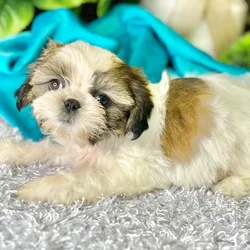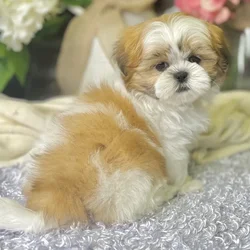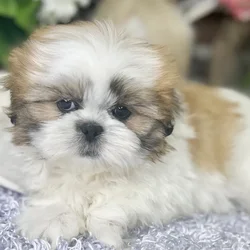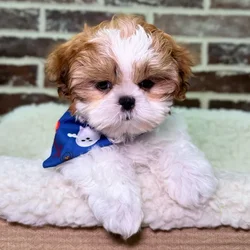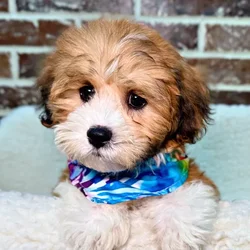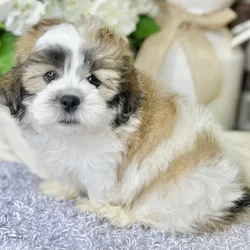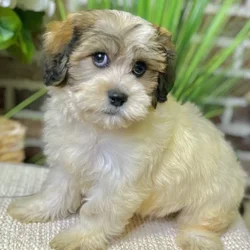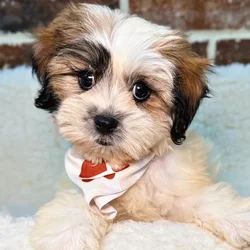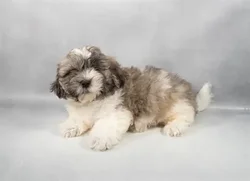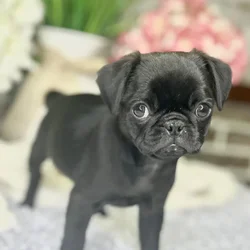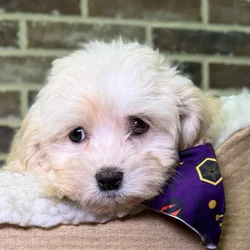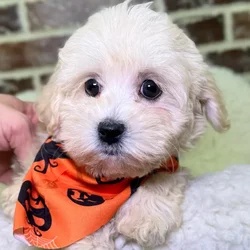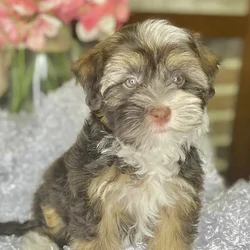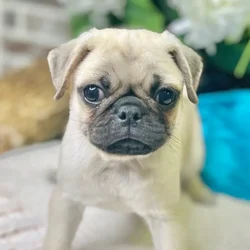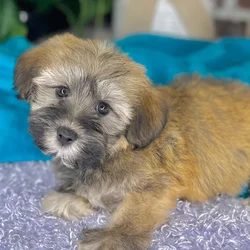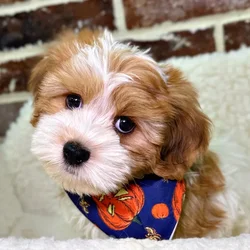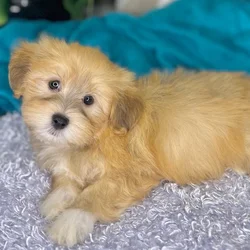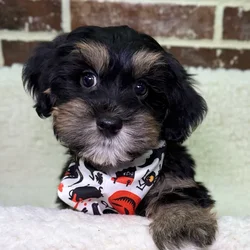Shih Tzu
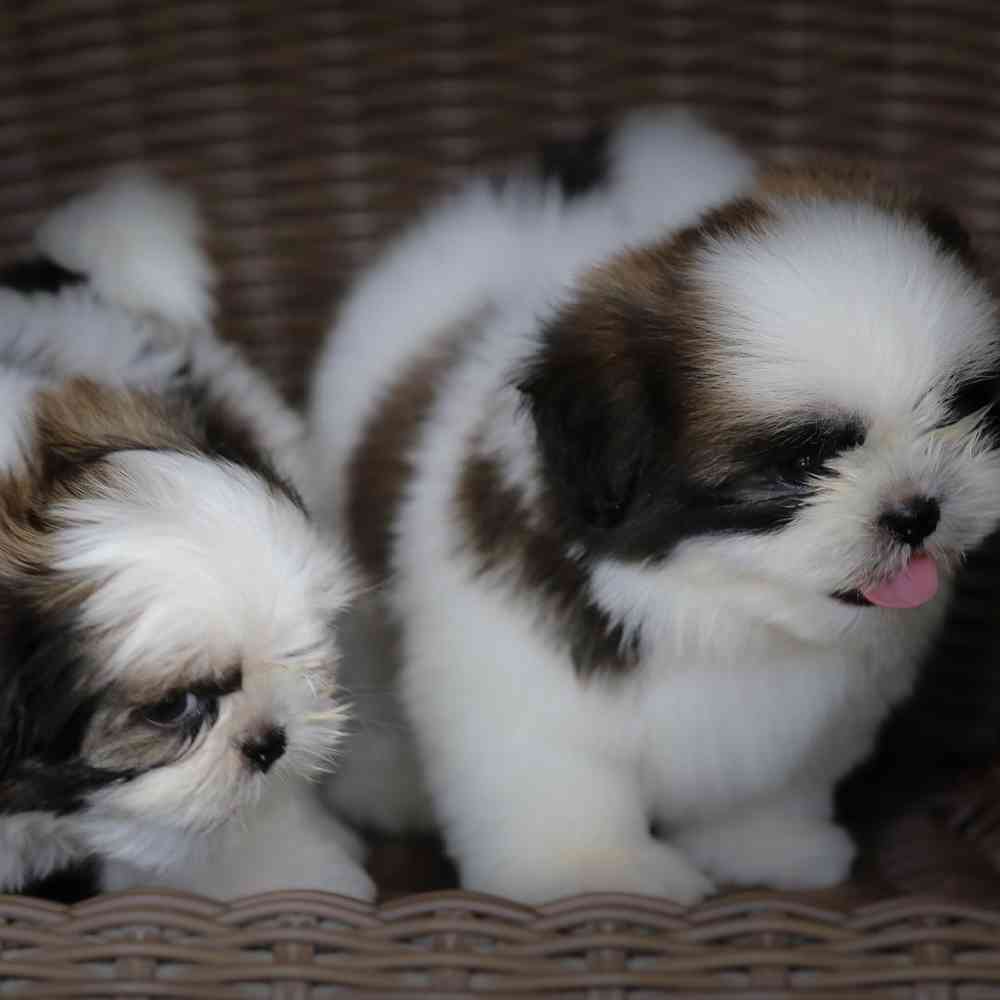
That face! Those big dark eyes looking up at you with that sweet expression! It’s no surprise that Shih Tzu owners have been so delighted with this little “Lion Dog” for a thousand years. Where Shih Tzu go, giggles and mischief follow.



Want to know more about Shih Tzu ?
Breed Traits
General Appearance
The Shih Tzu is a sturdy, lively, alert toy dog with long flowing double coat. Befitting his noble Chinese ancestry as a highly valued, prized companion and palace pet, the Shih Tzu is proud of bearing, has a distinctively arrogant carriage with head well up and tail curved over the back. Although there has always been considerable size variation, the Shih Tzu must be compact, solid, carrying good weight and substance. Even though a toy dog, the Shih Tzu must be subject to the same requirements of soundness and structure prescribed for all breeds, and any deviation from the ideal described in the standard should be penalized to the extent of the deviation. Structural faults common to all breeds are as undesirable in the Shih Tzu as in any other breed, regardless of whether or not such faults are specifically mentioned in the standard.
Size, Proportion, Substance
Head
Neck, Topline, Body
Forequarters
Hindquarters
Coat
Color and Markings
Temperament
Interesting To Know
The name Shih Tzu translates as Lion Dog
Clubs, Registries & Associations
American Canine Association Continental Kennel Club Universal Kennel Club International American Kennel Club United All Breed Registry America's Pet Registry, Inc. United Kennel Club (Based on breed recognition. See store for details on this particular puppy.)
Group
Heritage
Description
Health Awareness
Personality
Exercise/Energy Level
Additional Information
About
Shi Tsu (pronounced in the West “sheed-zoo” or “sheet-su”; the Chinese say “sher-zer”), weighing between 9 to 16 pounds, and standing between 8 and 11 inches, are surprisingly solid for dogs their size. The coat, which comes in many colors, is worth the time you will put into it—few dogs are as beautiful as a well-groomed Shih Tzu. Being cute is a way of life for this lively charmer. The Shih Tzu is known to be especially affectionate with children. As a small dog bred to spend most of their day inside royal palaces, they make a great pet if you live in an apartment or lack a big backyard. Some dogs live to dig holes and chase cats, but a Shih Tzu’s idea of fun is sitting in your lap acting adorable as you try to watch TV.
History
Standard
Nutrition
Grooming
Exercise
Training
Health



